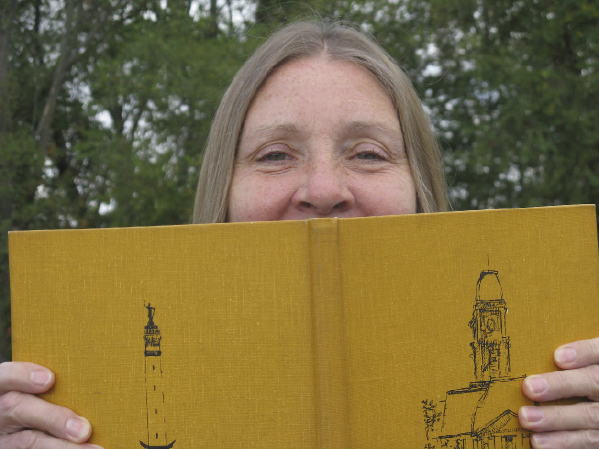Old Settlers’ Early Hamilton County Memories

If you were living in Hamilton County during the last half of the 19th century and very early 20th century, you might be getting ready to attend one of the Old Settlers’ Meetings about now.
These gatherings, usually held in August, were opportunities for people get together to reminisce about the “Olden Times,” as well as an excuse for them to show off their “relics” — family heirlooms and other items they’d brought with them when they came to Central Indiana.
Although meetings were held at several different sites, the ones at Eagletown were the largest in this area, attracting visitors from Boone, Clinton and Tipton Counties, in addition to Hamilton County.
Later newspaper accounts tended to just provide summaries of the events, but the stories from earlier years sometimes included interesting reminiscences, as well as an occasional pointed comment contrasting life in the early days with life at that time.
The following recollections, shared at an Eagletown meeting, appeared in the September 3, 1875 Noblesville Ledger:
Carmel dentist William Frost, a 40-year resident of Hamilton County, mused that when the county was new, finding someone to care for the sick wasn’t a problem. “ . . . the trouble was, too many came. How is it now?”
Reverend Thomas Spencer of Adams Township, a 45-year county resident, described the early settlers’ “stake-and-rider bedsteads” that were “constructed by placing a post diagonal from one corner of the house, with a piece of timber attached to the wall on each side and clapboards thrown across.”
He also spoke of the abundance of wolves and deer, and related how one year he killed 27 deer so close to his home that his wife heard each gunshot.
Addison Boxley, the son of pioneer George Boxley and one of the founders of Boxley, stated that he’d arrived in Hamilton County 47 years earlier and had received his education while herding cattle.
He remarked that, although the pioneers experienced many hard times, they’d also had many good ones “for we loved one another then as people do not now.”
Thomas Lochlin, who’d lived in Hamilton County for 43 years, expressed the opinion that people speaking of times being hard in 1875 didn’t really know what hard times were. He pointed out that they used to build houses without nails, and told how he’d driven hogs to market for $1.25 per hundred. “Now we get $7, and think it too little.”
(I tried to identify Lochlin, but was unable to find any other references to him.)
“Mr. Mercer” (no first name was given and I couldn’t find any information on him, either,) said he’d come to Indiana in 1822. He remarked that he never saw a cooking stove or “fire-match” until he was 25 and never wore a factory shirt until he was 15.
Mary “Polly” Warren of Carmel described living for six months in a rail pen with a quilt for a “door shutter.” She told how she’d stayed alone for three weeks in a forest teeming with wolves. “ . . . they might have come in and killed me, but they did not.”
Arcadia’s Dr. Amos Pettijohn recalled being informed in 1832 that all goods sold in Indianapolis were transported there from Cincinnati by one team of oxen — a trip that took three weeks.
As an interesting aside, while researching Dr. Pettijohn, I discovered he’d been a surgeon at a Union army hospital in Washington, D. C. during the Civil War.
When the war broke out, he and a cousin, who was also a doctor, felt only one of them should enlist, leaving the other behind to look after their two families. They tossed a coin to decide who would stay and who would go.
Presumably, Dr. Pettijohn lost the toss.
Paula Dunn’s From Time to Thyme column appears on Wednesdays in The Times. Contact her at younggardenerfriend@gmail.com
